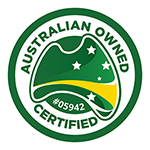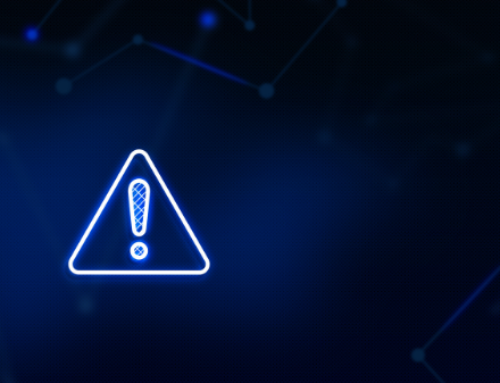Litigations against SMSF auditors are creating a difficult working environment. Two recent court cases have seen industry members face liability for failed investments, resulting in significant penalties and ongoing duress.
Beyond individual concerns about litigation, these two cases set a precedent that all SMSF auditors need to stay across. The landscape is changing, and auditors need to be aware of the potential risks.
Litigation against Australian SMSF auditors
In recent litigation against SMSF auditors, the NSW Supreme Court found instances of misleading or deceptive conduct (as well as breach of duty) in the auditing of a fund between 2007 and 2009.
 How can SMSF auditors change in the wake of recent litigation?
How can SMSF auditors change in the wake of recent litigation?In particular, there were significant issues around the auditor’s reporting on the value of the SMSF’s investments, whether they represent net market value, and any conflicts of interest for a financial advisor working with the trustee (who has since been banned from providing advice). As the SMSF lost significant value in 2013-14, the court judged that the auditors could have acted on their knowledge of investment risks many years prior.
In response, the auditor argued that it was not their responsibility to pass judgement on a fund’s investment strategy. Despite this, the court decided the auditor was still at fault. It’s a case that sends important messages to SMSF auditors across the country.
How does this change the landscape for SMSF auditors?
This case (coupled with others like Cam & Bear Pty Ltd v McGoldrick) has been an alarm bell for Australian SMSF auditors. The list of actions an auditor must take on behalf of trustees appears to have grown, expanding the industry’s scope well beyond traditional boundaries.
 SMSF auditors may have a difficult road ahead.
SMSF auditors may have a difficult road ahead.Auditors now have a much larger duty of care, but one without clearly defined limits. As litigation reaching back 10 years has shown the industry, omissions once deemed acceptable in the sector are now grounds for Supreme Court ruling. Coupled with the potential change in audit regularity from one year to three, industry members may encounter significant difficulties ensuring that their work is compliant when it’s being done so long after the fact.
This new era of litigation and uncertainty must be met with a united front from the SMSF auditing sector.
Bringing the SMSF auditing industry together
The general theme of recent legislation is that SMSF auditors are ‘on the hook’ for issues that traditionally sat outside their job description. In the case of this recent action, that liability can cost millions. While we can’t give financial advice, there is clearly an expectation that we will:
- Point out suspicious advice or investment practices.
- Go above and beyond compliance regulations.
- Review contract wording to provide clarity on services provided.
This is, as you might have guessed, significantly more work. Yet working more does not come without a cost, and for many SMSF auditors that is going to be the quality of their services.
The solution is for our industry to work together. We need collaboration, shared resources and support in order to hold each other to the highest standards possible and stay ahead of this legislative environment.
Another key idea is utilising technology to help with this stringent environment. The more time you can free up to take on this judgment-related work, the better-placed you may be to handle any potential legal threats.You can do this with automation software, third party service providers and working with other auditors to determine low-hanging work that can be easily handed off to technology.
By working together, we can deliver high-quality service to trustees without the threat of litigation. Get in touch with the team at Evolv to start planning your next steps.






